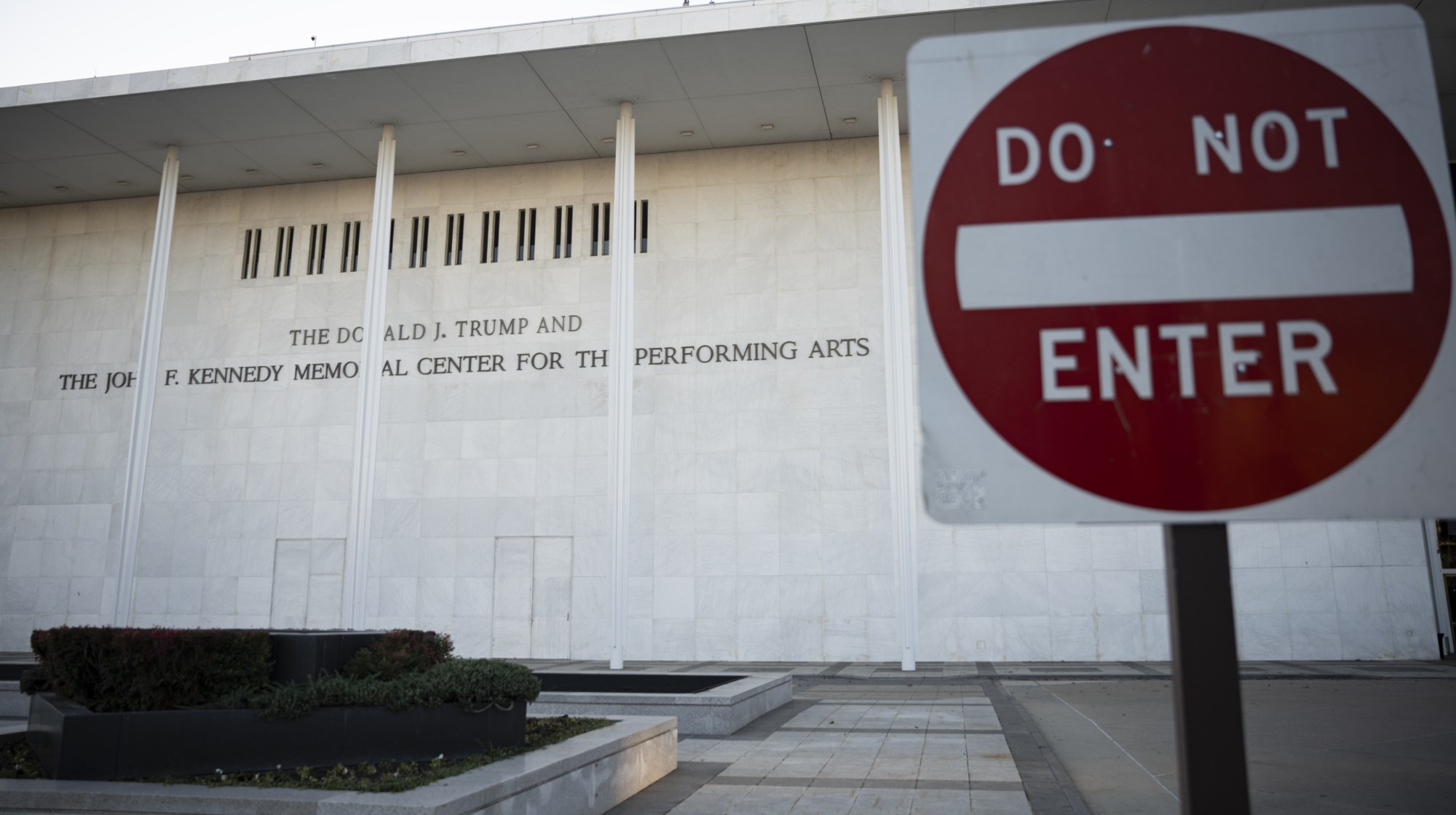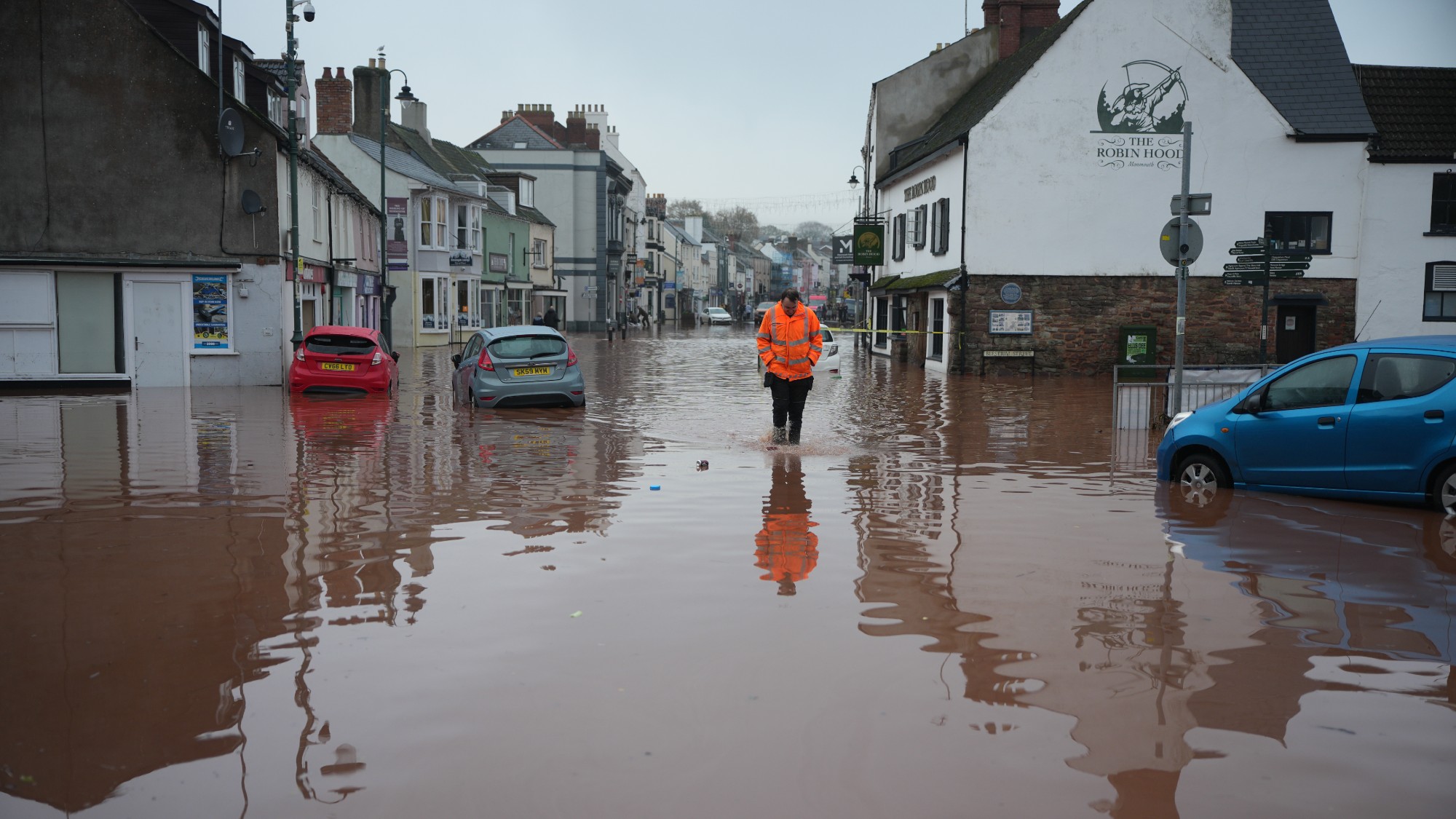Scientists invent a solid carbon-negative building material
Building CO2 into the buildings


Construction is on its way to becoming greener. New research describes a method of creating building material that is not only carbon-neutral — meaning it does not produce any carbon emissions — but also carbon-negative, meaning it absorbs carbon from the atmosphere. The discovery comes at a time when reducing humans' carbon footprint is more important than ever.
A spark in the sea
Scientists have created a carbon-negative building material using just seawater and electricity, according to a study published in the journal Advanced Sustainable Systems. "Cement, concrete, paint and plasters are customarily composed of or derived from calcium and magnesium-based minerals, which are often sourced from aggregates — what we call sand," Alessandro Rotta Loria, a professor of civil and environmental engineering at Northwestern University who led the study, said in a press statement. "Currently, sand is sourced through mining from mountains, riverbeds, coasts and the ocean floor." Instead, the team found a way to "grow sand-like materials in seawater."
The researchers looked at how mollusks create their shells to devise the technique. The team put electrodes into seawater and applied an electric current. With the current on, CO2 gas was bubbled through the seawater and "changed the chemical composition of the water, increasing the concentration of bicarbonate ions," said the press statement. The hydrogen, oxygen and bicarbonate ions then reacted with the calcium and magnesium ions, which are already naturally present in sea water, and produced calcium carbonate and magnesium hydroxide minerals. Both of these products have the ability to sequester carbon.
The Week
Escape your echo chamber. Get the facts behind the news, plus analysis from multiple perspectives.

Sign up for The Week's Free Newsletters
From our morning news briefing to a weekly Good News Newsletter, get the best of The Week delivered directly to your inbox.
From our morning news briefing to a weekly Good News Newsletter, get the best of The Week delivered directly to your inbox.
In addition, "the researchers were able to change the composition, size, shape and porosity of the minerals produced" by changing the conditions, including "current levels, flow rate and timing and duration of carbon dioxide injection," said Anthropocene Magazine. With this customizability, the material can be used for a number of construction purposes.
Cementing sustainability
"If the cement industry were a country, it would be the world's third or fourth-largest emitter of carbon dioxide," said the World Economic Forum. In 2022, cement manufacturing accounted for approximately 8% of the world's CO2 emissions, a significant contributor to climate change. However, building materials have the potential to be a part of the solution rather than the problem. "Replacing conventional building materials with CO2-storing alternatives in new infrastructure could store as much as 16.6 ± 2.8 billion tons of CO2 each year," said a January 2025 study published in the journal Science. "We could create a circularity where we sequester CO2 right at the source," Rotta Loria said.
The carbon-negative material could be used as a "substitute for sand and/or gravel — a crucial ingredient that accounts for 60% to 70% of this ubiquitous building material," said the press statement. "Or they could be used to manufacture cement, plaster and paint — all essential finishes in the built environment." The problem is that the "building industry can be pretty risk averse," especially without knowing the strength of the material, said Popular Mechanics. But as innovations continue, "sequestered carbon will be baked into the very fabric of the world's concrete infrastructure."
A free daily email with the biggest news stories of the day – and the best features from TheWeek.com
Devika Rao has worked as a staff writer at The Week since 2022, covering science, the environment, climate and business. She previously worked as a policy associate for a nonprofit organization advocating for environmental action from a business perspective.
-
 The week’s best photos
The week’s best photosIn Pictures A new year dawns, a volcano yawns, and more
-
 Wave of cancellations prompt Kennedy Center turmoil
Wave of cancellations prompt Kennedy Center turmoilIN THE SPOTLIGHT Accusations and allegations fly as artists begin backing off their regularly scheduled appearances
-
 8 incredible destinations to visit in 2026
8 incredible destinations to visit in 2026The Week Recommends Now is the time to explore Botswana, Mongolia and Sardinia
-
 Environment breakthroughs of 2025
Environment breakthroughs of 2025In Depth Progress was made this year on carbon dioxide tracking, food waste upcycling, sodium batteries, microplastic monitoring and green concrete
-
 Crest falling: Mount Rainier and 4 other mountains are losing height
Crest falling: Mount Rainier and 4 other mountains are losing heightUnder the radar Its peak elevation is approximately 20 feet lower than it once was
-
 Death toll from Southeast Asia storms tops 1,000
Death toll from Southeast Asia storms tops 1,000speed read Catastrophic floods and landslides have struck Sri Lanka, Indonesia, Thailand and Malaysia
-
 Can for-profit geoengineering put a pause on climate change?
Can for-profit geoengineering put a pause on climate change?In the Spotlight Stardust Solutions wants to dim the sun. Scientists are worried.
-
 How will climate change affect the UK?
How will climate change affect the UK?The Explainer Met Office projections show the UK getting substantially warmer and wetter – with more extreme weather events
-
 Can the UK do more on climate change?
Can the UK do more on climate change?Today's Big Question Labour has shown leadership in the face of fraying international consensus, but must show the public their green mission is ‘a net benefit, not a net cost’
-
 Did Cop30 fulfil its promise to Indigenous Brazilians?
Did Cop30 fulfil its promise to Indigenous Brazilians?Today’s Big Question Brazilian president approves 10 new protected territories, following ‘unprecedented’ Indigenous presence at conference, both as delegates and protesters
-
 Can the world adapt to climate change?
Can the world adapt to climate change?Today's Big Question As the world gets hotter, COP30 leaders consider resilience efforts
